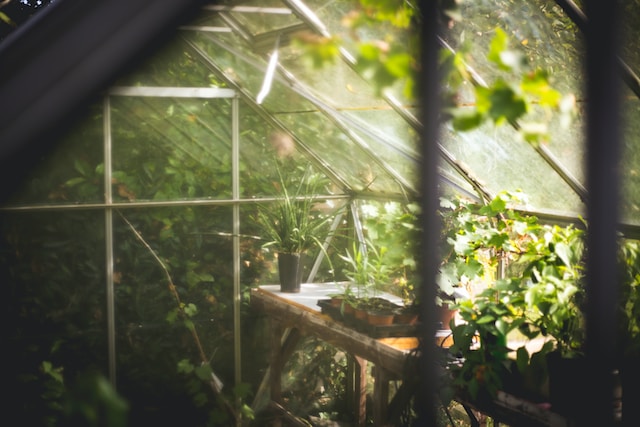Planning and doing gardening work that matches each season is important for keeping your garden healthy all year. Australia has weather that changes from north to south, so understanding what your garden needs at different times helps a lot. Plant care in every season keeps plants strong and safer from common issues like pests or diseases. Paying close attention to the needs of each season will support your garden’s health each year. Jobs for every season include planting, pruning, watering, or protecting your plants from tough weather.
Spring: Prepare the Garden for Growth
In spring, gardens across Australia start growing again after the winter period. Temperature begins to rise, while rainfall also increases, which helps plants recover and start to grow after the cold. This season is best for getting your garden prepared for the coming months. Begin work by clearing out garden beds and removing leaves, sticks, and rubbish that winter left behind. This task lowers the chance for pests and diseases when plants begin to grow again. Old branches and shrub trimming helps your plants grow new stems and keeps them shaped. Spring works well for planting a range of flowers, vegetables, and bushes. Choose plants that fit your climate—some grow better in the South’s cooler air, others in the North’s warmth. Mix in compost or manure to improve soil nutrients and support proper water drainage. Place mulch around growing plants, which helps hold in moisture, keep soil temperatures even, and block weeds. Edging solutions for Australian gardens will keep the space tidy and also stop grass or weeds from moving in. Use materials for garden edges like metal, stone, plastic, or hard-packed soil in Australia to suit the space. These garden borders keep mulch or soil inside and give the garden a neat border. Doing all these tasks at the start of spring makes plants stronger and healthier when summer arrives.

Summer: Handle Heat and Save Water
Summer brings hot and dry conditions in Australia, which can make garden care more difficult. Watering now becomes the key task because high heat can dry soil quickly. Water restrictions sometimes apply, so it’s necessary to manage the time and way you water your plants. The best method is watering deeply either in the early morning or late evening, which reduces evaporation and helps roots go deeper. Setting up drip irrigation or using soaker hoses sends water right to the roots, which wastes less water. Pests and diseases are most active during warm, humid summer periods, so checking your plants often for issues helps catch them quickly. Try using pest controls such as introducing good insects or spraying organic products to reduce damage and keep a balance. Pruning is needed now: removing dying or infected plant material keeps diseases from spreading further. When caring for the lawn in summer, you might mow more, but avoid making the grass too short because taller grass can shade roots and keep them moist. Fertiliser needs careful use—large amounts can harm plants in high heat conditions. Avoid putting down a lot of fertiliser near summer’s end so that plants don’t grow parts that could get hurt in the upcoming cold.

Autumn: Prepare Your Garden for Rest
Plants grow slower as days cool and daylight gets shorter in autumn, so now you get time to get your garden ready for next season. This is a good chance to plant trees, bushes, and plants that come back year after year, as mild conditions and wet soil help new roots form. Large perennial plants can be divided and re-planted elsewhere in autumn, which helps tired plants recover and gives you more to grow. Rake up dropped leaves from gardens now, as they make perfect mulch or compost for your soil’s nutrition. Colder weather in autumn means you should reduce how often you water to prevent plant roots from staying wet and rotting. In the south, late autumn frost might hit, so protect young or weak plants by covering them or moving pots to safe locations. Clean and sharpen your garden tools before packing them away, so they do not get damaged during storage. Now is a good time to plan your garden’s next steps, think about what succeeded or failed, and order seeds or organise new plantings for the future.
Winter: Protect and Make Plans
Winter across Australia feels warmer in the north and colder in the south, so your garden needs may change. Growing slows everywhere, but some important garden tasks still continue during this season. In colder regions, cover soft plants with frost cloth or move them inside so they do not freeze. It is easier to prune trees and bushes that drop their leaves in winter, which shapes them and gets them set up for faster growth next spring. Cut off any bad or broken branches in winter, which stops diseases from spreading through the plants. Use this slow growing time to look back, think about which plants did well, and select better ones for next year. You might order seeds and start them in trays inside so you are ready with new growth as soon as spring starts.





